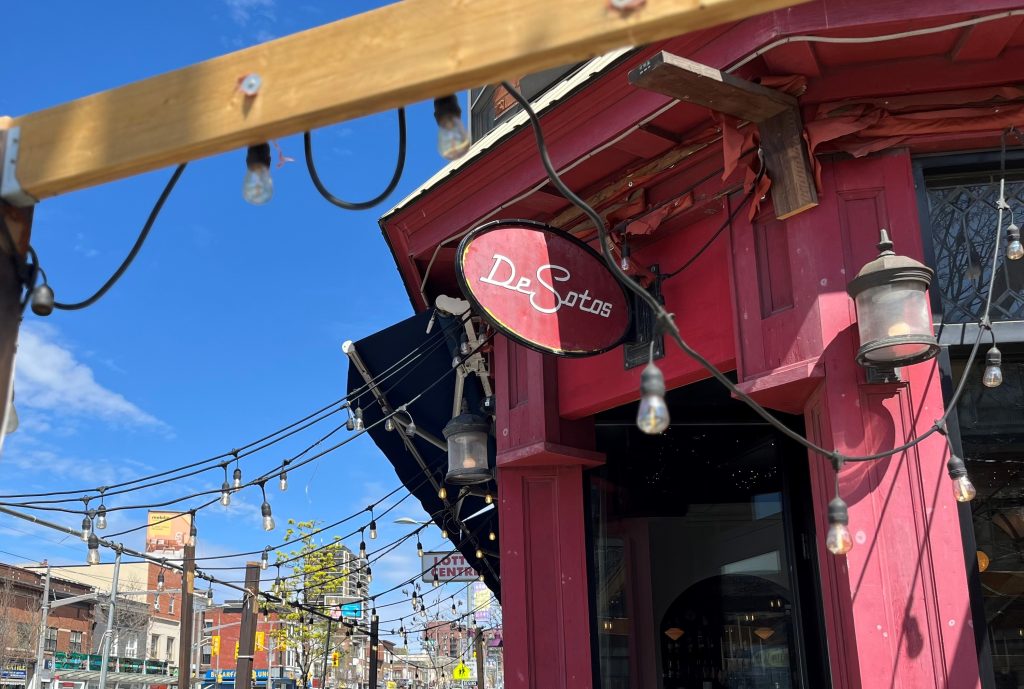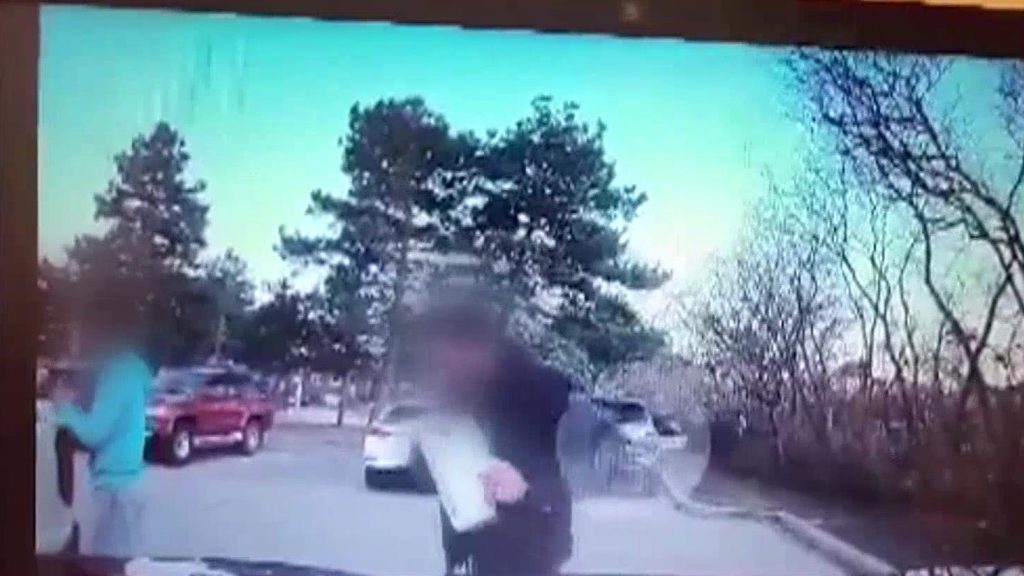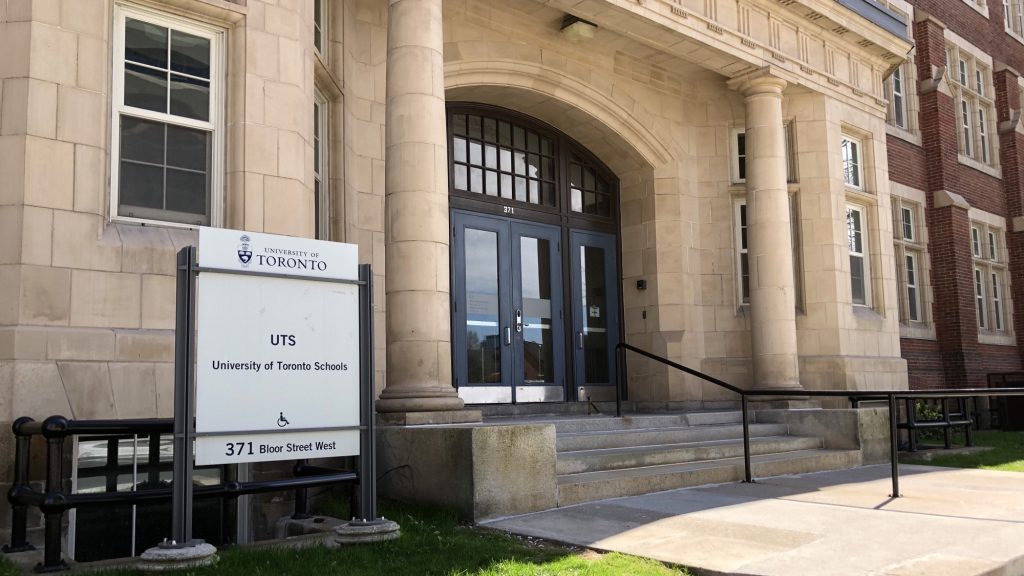Newly released US testimony suggests different attackers in 2 Benghazi assaults
Posted July 9, 2014 7:44 pm.
This article is more than 5 years old.
WASHINGTON – Newly revealed testimony from top military commanders involved in the U.S. response to the Benghazi attacks in 2012 suggests that the perpetrators of a second, dawn attack on a CIA complex probably were different from those who penetrated the U.S. diplomatic mission the evening before and set it ablaze, killing Ambassador Chris Stevens and another American.
The second attack, which killed two security contractors, showed clear military training, retired Gen. Carter Ham told Congress in closed-door testimony released late Wednesday. The assault probably was the work of a new team of militants, seizing on reports of violence at the diplomatic mission in Libya the night before and hitting the Americans while they were most vulnerable.
The testimony, which The Associated Press was able to read ahead of its release, could clarify for the first time the events of Sept. 11, 2012, that have stirred bitter recriminations in the U.S., including Republican-led congressional investigations and campaign-season denunciations of the Obama administration, which made inaccurate statements about the attacks. The testimony underscores a key detail that sometimes has been lost in the debate: that the attacks were two distinct events over two days on two different buildings, perhaps by unrelated groups.
The U.S. government still has not fully characterized the first attack in which, according to Ham and eight other military officers, men who seemed familiar with the lightly protected diplomatic compound breached it and set it on fire, killing Stevens and communications specialist Sean Smith. A mob of looters then overran the facility.
In testimony to two House of Representatives panels earlier this year, the officers said that commanders didn’t have the information they needed to understand the nature of the attack, that they were unaware of the extent of the U.S. presence in Benghazi at the time and they were convinced erroneously for a time that they were facing a hostage crisis without the ability to move military assets into place that would be of any use.
The testimony reveals how little information the military had on which to base an urgent response.
Four Americans died in Benghazi, including Stevens. To this day, despite the investigations, it’s not clear if the violence resulted from a well-planned, multiphase military-type assault or from a loosely connected, escalating chain of events.
In their testimony, military officials expressed some uncertainty about the first attack, describing protests and looting in an assault that lasted about 45 minutes.
The military attache to the U.S. Embassy in Tripoli told Congress the first attack showed some advance planning. The Libyan police officer guarding the diplomatic compound fled as it began.
The defence attache, whose name wasn’t released, suggested the attackers “had something on the shelf” — an outline of a plan based on previously obtained information about the compound and its security measures, so they were ready to strike when the opportunity arose.
Ham testified that the second attack, which killed security officers Tyrone Woods and Glen Doherty at the annex at the diplomatic compound where the assault began the night before, showed clear military training. It was probably the work of a new team of militants, taking advantage after reports of violence at the first site and American vulnerability.
“Given the precision of the attack, it was a well-trained mortar crew, and in my estimation they probably had a well-trained observer,” said Ham, who headed the U.S. command in Africa. The second attack showed “a degree of sophistication and military training that is relatively unusual and certainly, I think, indicates that this was not a pickup team. This was not a couple of guys who just found a mortar someplace.”
The attacks came as President Barack Obama was in a close re-election battle, campaigning in part on the contention that al-Qaida no longer posed a significant threat to the United States. A terror attack on American assets could have damaged that argument.
Five days after the attack, U.N. Ambassador Susan Rice linked the Benghazi attacks to protests in Tunisia and Cairo over an anti-Islam video. Weeks later, U.S. officials retracted that account but never fully articulated a new one.
Republicans seized on the inaccuracies, contending that the Obama administration was covering up a terror attack for political gain.
Several congressional and independent investigations have faulted the State Department for inadequate security, but they have not provided a full reading of who was involved in the violence, what the motives were and how they could pull off such a seemingly complicated, multipronged assault.
The congressional testimony that distinguishes the attacks came from military officials in Tripoli or, like Ham, co-ordinating the response in Washington. Most have never given a public account. But they agreed that confusion reigned from the outset.
“We’re under attack,” was the first report the military received from Benghazi. That message came from Stevens’ entourage to Tripoli in the late afternoon of Sept. 11. Word was relayed to the defence attache, who reported up the chain of command.
Once the first attack ended around 10 p.m., the military moved to evacuate Americans from Benghazi, while preparing for what it erroneously believed might have been an emerging hostage situation involving Stevens. In fact, Stevens died of smoke inhalation after the diplomatic post was set on fire in the first attack.
Seven-and-a-half hours later, at dawn, mortars crashed on a CIA compound that had been unknown to top military commanders.
The Obama administration last month apprehended its first suspect, Ahmed Abu Khattala, and brought him to the United States to stand trial on terrorism charges.
The Justice Department maintains in court documents that Abu Khattala was involved in both attacks, and it describes the first breach on the diplomatic post as equally sophisticated. The government said a group of about 20 men, armed with AK-47- rifles, handguns and rocket-propelled grenade launchers, stormed the diplomatic facility in the first attack.
Abu Khattala supervised the looting after Americans fled, the government says, and then returned to the camp of the Islamist militant group Ansar al-Sharia, where the Justice Department says a large force began assembling for the second attack.
The Justice Department provided no supporting documentation for those conclusions.
Abu Khattala’s lawyer says the government has failed to show that he was connected to either attack.
___
Associated Press writer Connie Cass contributed to this report.
___
Follow Donna Cassata on Twitter at http://twitter.com/@DonnaCassataAP and Bradley Klapper at http://twitter.com/@bklapperAP










